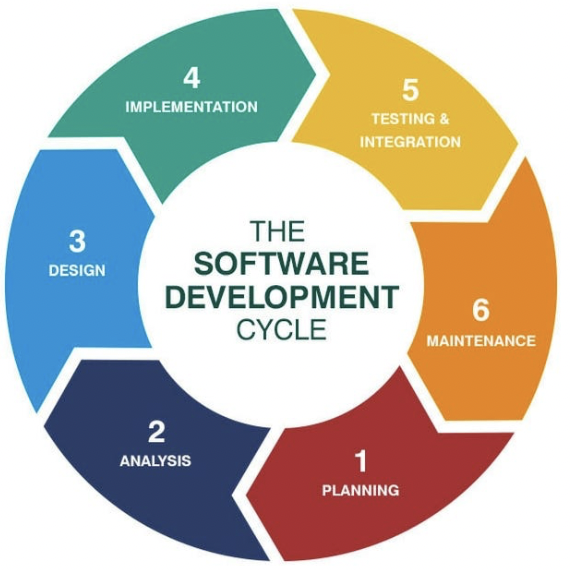Sanity and Smoke Testing
Question : – What is the Different between Sanity and Smoke?
Answers: –
- Smoke Testing: – It is a test type that could let us to know the major functionalities are working correctly.
- Sanity Testing : – It is a verification of new functionality , minor changes and bug fixes in the build are working correctly.
Note : – After a Smoke and Sanity Check, it is possible to start Regression Testing

Figure 1.5: – Smoke and Sanity Testing
Test Preparation
It is one of the main activity of documenting a business requirement. This documentation is really useful for rest purpose. The preparation of test case has got the following elements
Question : – What elements are necessary for Test Case Preparation?
Answers: –
- Title
- Preconditions
- Steps
- Expected Results
- Adding or Attaching Logs/Screenshots
- Other extra/optional techniques like adding tags, writing down a summary and many more.
Note : – Any Test Preparation Phase can be used as a source of truth about the functional aspect of a product. Therefore it has to be documented correctly setting a standard to easy understand, access and make it also the functional aspect of product.
Software Development Life Cycle
It is a life cycle that could show the entire process of a product until it is delivered to the final user. The cycle is an iterative process adding extra requirement, as well as do a maintenance of the existing functionality. The cycle has got the following main phases.
Questions : – What are the steps for software development life cycle?
Answers: –
- Project Planning : – It is a phase which determine cost, and the scope of the requirement (What do we want?)
- Gather Business Requirement and Analysis : – A phase which gathers business requirements from client, and then development team will do analysis to understand the requirement and its feasibility keeping the design and the code of the software in mind.
- Design : – This is a phase that developers start to decide that the software system can satisfy the customer requirements. Then start to select programming language that suits the software system.
- Code implementation : – This is a phase of translating the design to computer code.
- Testing : – This is a phase that testing team perform a testing activity to validate the functional aspect of the developers feature.
- Deployment : – This is a phase that the product will be release to let users to use the software system.
- Maintenance :- This is a phase which address solving problems for delivered features if there are.

Figure 1.6 : – Software Development Liife Cycle